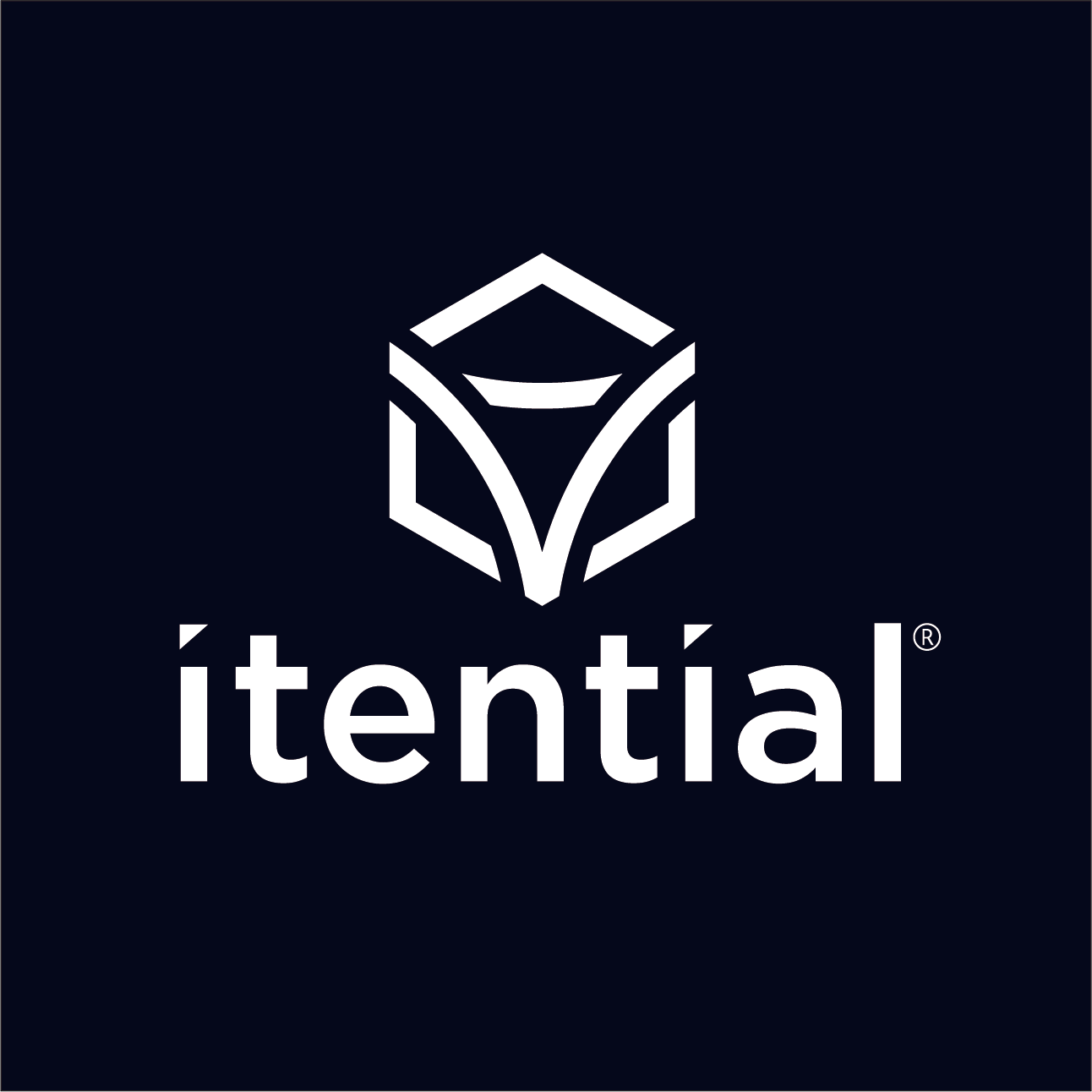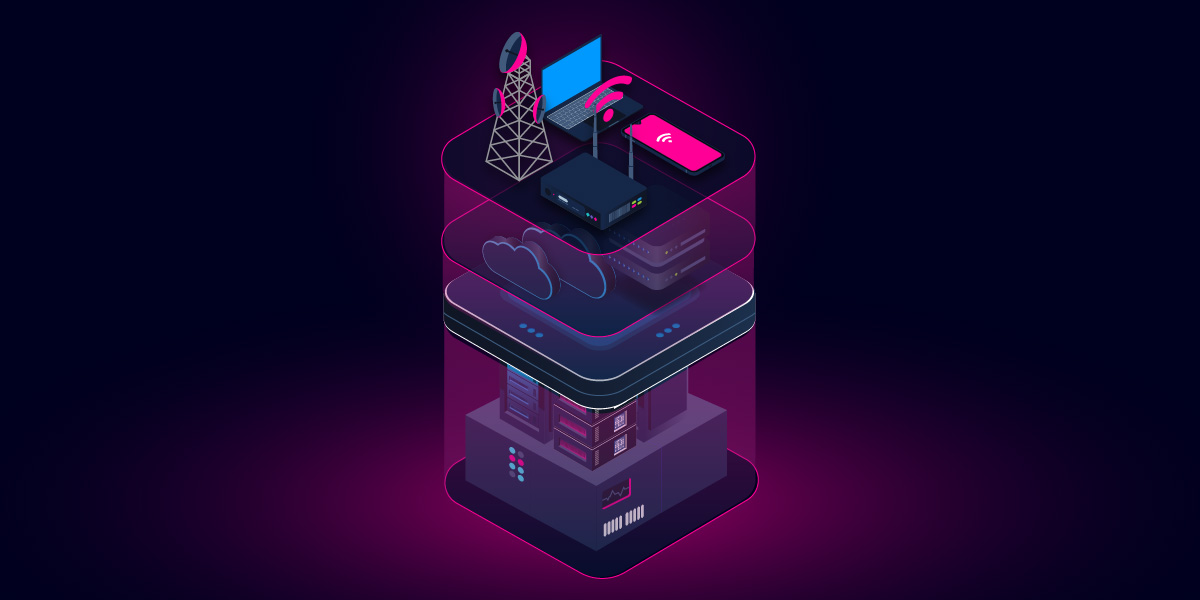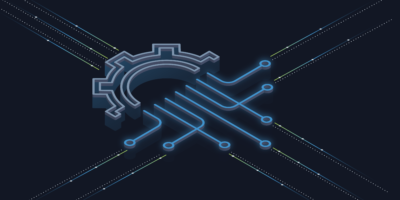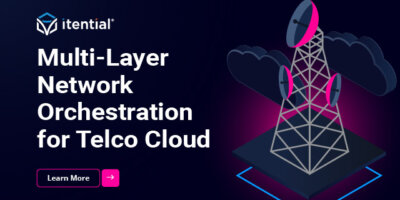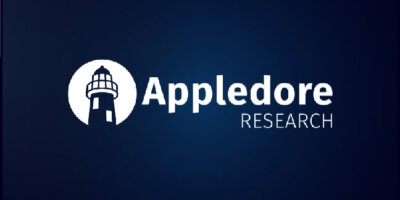Telecom networks are undergoing rapid transformation. Service providers are moving beyond legacy hardware-based infrastructure, embracing virtualization and, increasingly, cloud-native architectures — aka ‘telco cloud.’
This shift places an even greater demand on network and infrastructure teams to coordinate complex processes at speed in order to support the needs of the business. As environments evolve, service providers must find new solutions to streamline processes that span complex, distributed infrastructure.
Many solutions exist on the market to orchestrate across multiple systems within the same network layer, but delivering a product to an enterprise customer requires the coordination of activities over multiple layers, from hardware to cloud to the service layer.
For service providers, there is a clear imperative: increase the speed and flexibility at which new services can be composed, delivered, and managed to meet the evolving demands of advanced enterprise customers. However, achieving this requires a transformed approach: eliminating silos, leveraging new infrastructure architectures, and embracing orchestration solutions that can integrate across multi-layer, multi-vendor, multi-domain network infrastructure. With the right approach, providers can orchestrate workflows across any network infrastructure and deliver complex services via standard APIs so they can easily be consumed as products.
Why Multi-Layer Orchestration Is Critical
Orchestration efforts in the telecom industry remain fragmented, unable to address the entirety of a service lifecycle. Service providers are delivering products that rely on multiple layers of network infrastructure — spanning hardware, network, cloud, and service layers — to face unique challenges. Traditional vendors that once focused exclusively on hardware are gradually moving away from proprietary solutions, yet the demands of high-performance networks, especially in 5G Core, still require careful resource management. Meanwhile, the transition from VNFs to CNFs remains a slow process, forcing telcos to support both models simultaneously. Operators are striving to deploy applications as cloud-native services while also managing the underlying infrastructure, from edge data centers to networking fabrics.
However, the tools teams use to orchestrate across network layers are often disconnected, leading to inefficiencies that slow down service composition and delivery. Most orchestration platforms today focus on a single horizontal layer, such as data center automation, cloud provisioning, or network configuration. Each of these layers has its own data models, processes, and operational challenges.
Service providers are left stuck. One platform manages network provisioning, another handles cloud resources, and yet another is responsible for service automation. From orchestrating network switch fabric, to configuring hardware via a bare metal controller, to installing Kubernetes or OpenStack and communicating with that orchestrator, to pushing network functions, to configuring network functions — and all of this to achieve what is effectively the equivalent of plugging something in. Handoffs between layers are facilitated by tickets or manual activities, slowing processes down.
As enterprise customers demand services that are fast, reliable, highly customized, and flexible, providers must rethink how they manage their network infrastructure to keep up. Staying competitive and increasing profitability will require a multi-layer orchestration approach driven by APIs.
How Itential’s API-Driven Model Revolutionizes Orchestration
The race for telco cloud ROI will be won by those who can orchestrate and deliver flexible network and infrastructure products at scale. That means leveraging every piece of a distributed network infrastructure — every layer, every vendor, every device, every system — to its maximum efficiency. Without a unified approach, infrastructure complexity slows everything down, eating into margins and stalling innovation.
Itential’s orchestration platform eliminates those barriers, enabling telcos to streamline operations, cut costs, and bring new services to market at a pace that keeps them ahead of the competition. It’s the only platform on the market that delivers true multi-domain, multi-layer orchestration while also allowing teams to operationalize existing automations (domain-specific tooling, DIY automations built with Python/Ansible, etc.).
Unlike single-layer orchestration solutions that are built around static data models, Itential is designed to support any data model, across any layer, and across any vendor.
Flexible Data Model
Instead of forcing a rigid data model, Itential leverages JSON to translate data so workflows can be built across multiple systems that require different data formats.
See why we chose JSON
Multi-Vendor, Multi-Domain, & Multi-Layer Orchestration
Itential allows providers to orchestrate across any network systems and centralize the composition, delivery, and management of network services.
Learn more about our multi-domain orchestration capabilities
API-Driven Integration
By leveraging APIs and JSON-based data transformation, Itential harmonizes different technologies and enables seamless interoperability. The platform generates integrations with any API-enabled system so teams can orchestrate across everything.
Explore our API integration capabilities
The Business Impact: Accelerating Service Delivery at Scale
For service providers, the benefits of multi-layer orchestration with Itential can be transformative:
- Accelerate Product Creation & Delivery: Expose even the most complex network services with standard APIs so they can easily be rolled into packaged products and sold.
- Opex Reduction: Increase capacity of network and infrastructure teams to drive efficiency without headcount increase; orchestrate across domains and layers to reduce tool sprawl.
- Accelerate Service Composition: Reduce time and manual effort for infrastructure creation and service activations.
- Improve Infrastructure & Vendor Flexibility: Switch vendors at any layer easily, avoid lock-in, and lessen reliance on hardware vendors.
Multi-layer orchestration is critical to enabling service providers to implement future-fit operating models. The complexity of modern networks demands a flexible, scalable, and API-driven approach that can meet the demands of today’s enterprise customers. With Itential’s API-driven multi-layer orchestration capabilities and the ability for teams to leverage automation at scale, service providers can accelerate transformation, improve operational efficiency, and deliver products to customers at the pace that business demands.
